Moth Trap: 29th May 2022 - Back to the normal routine
hive-127788·@dannewton·
0.000 HBDMoth Trap: 29th May 2022 - Back to the normal routine
<div class="text-justify"> *Sharing the results from my latest Moth Trap Session. I have written posts about [setting up a moth trap](https://peakd.com/hive-127788/@dannewton/an-introduction-to-moth-trapping-part-one-setting-up-the-trap) and on [collecting the results](https://peakd.com/hive-127788/@dannewton/an-introduction-to-moth-trapping-part-three-collecting-data) if you want some more background info on how and why I use a Moth Trap* <center></center> 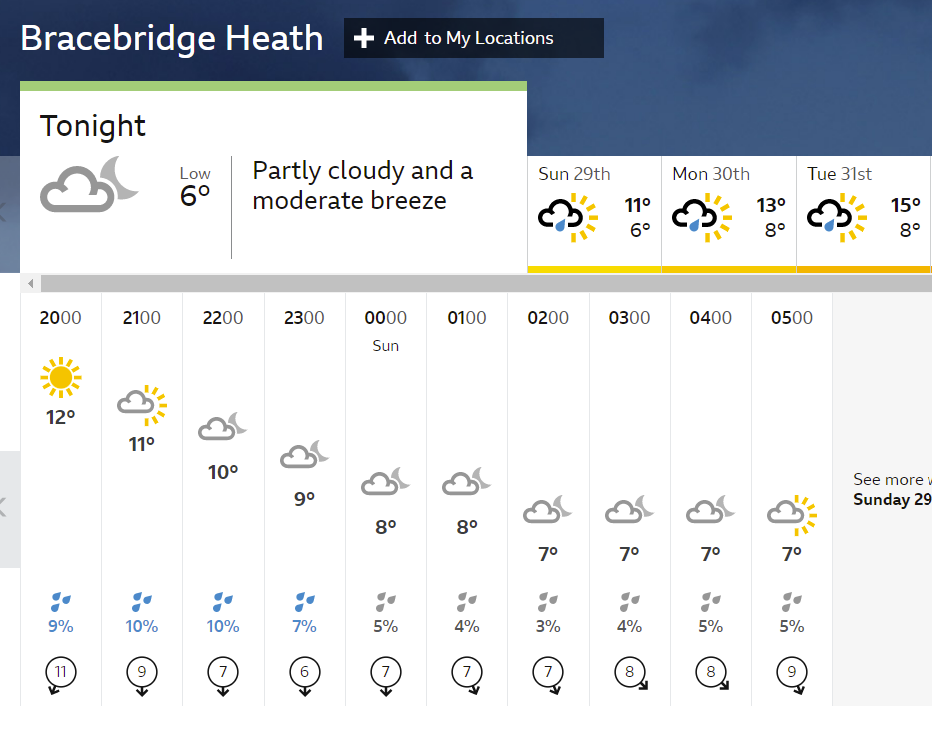 **Date:** 29th May 2022 **Weather:** Its been a week since the last session here. I like to try to keep these fairly regular, it helps to see the change in the seasons as various species come and go. I have trapped in Scotland a couple of times last week (the results I'll publish soon). One thing that is obvious is not only is the weather warmer here, but also due to the difference in latitude it gets darker here sooner, which means the moths start flying earlier. Weatherwise, its been reasonably warm today and dry too, but the wind seems to coming from the cooler North which isn't ideal. No matter.... light on, here we go! **Results:** 21 moths of 11 species 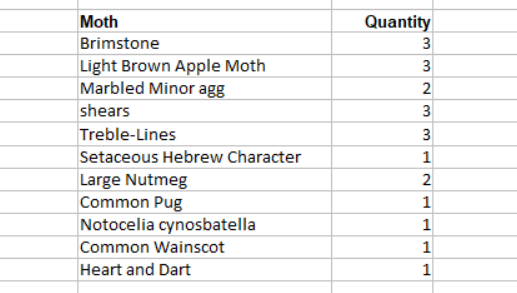 **Summary of Results:** And by the look of the results, the cold wind has a lot to answer for. Numbers of both moths and species were down compared to last week. There were just 3 new species for the year (meaning it's the first time I have seen them this year), and these are shown below: 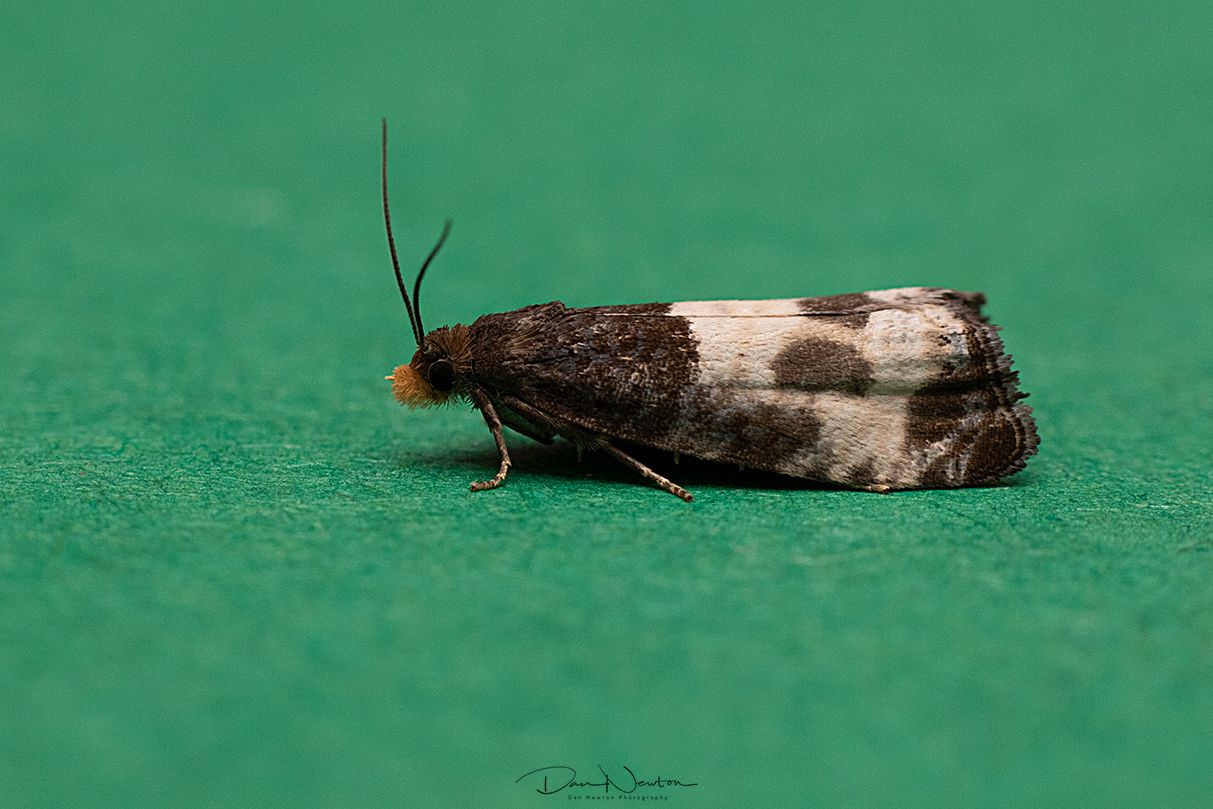 *Notocelia cynosbatella* - A smart looking micro moth 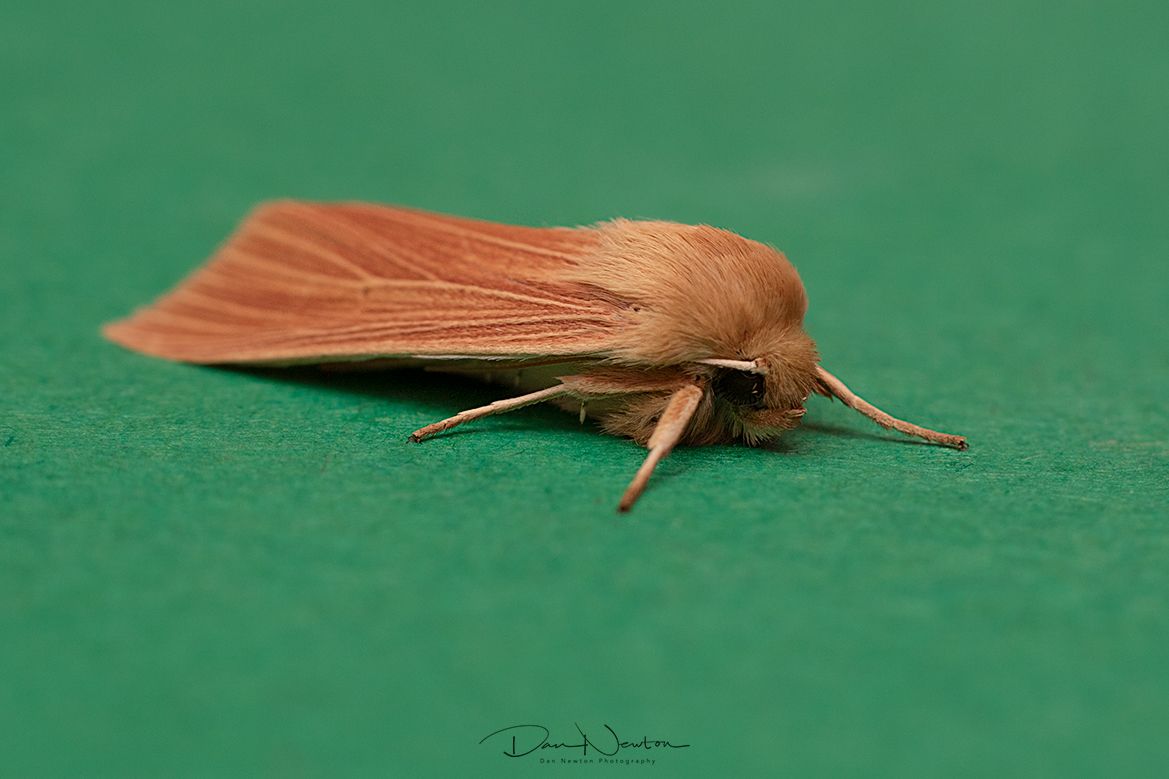 Common Wainscot - *Mythimna pallens* 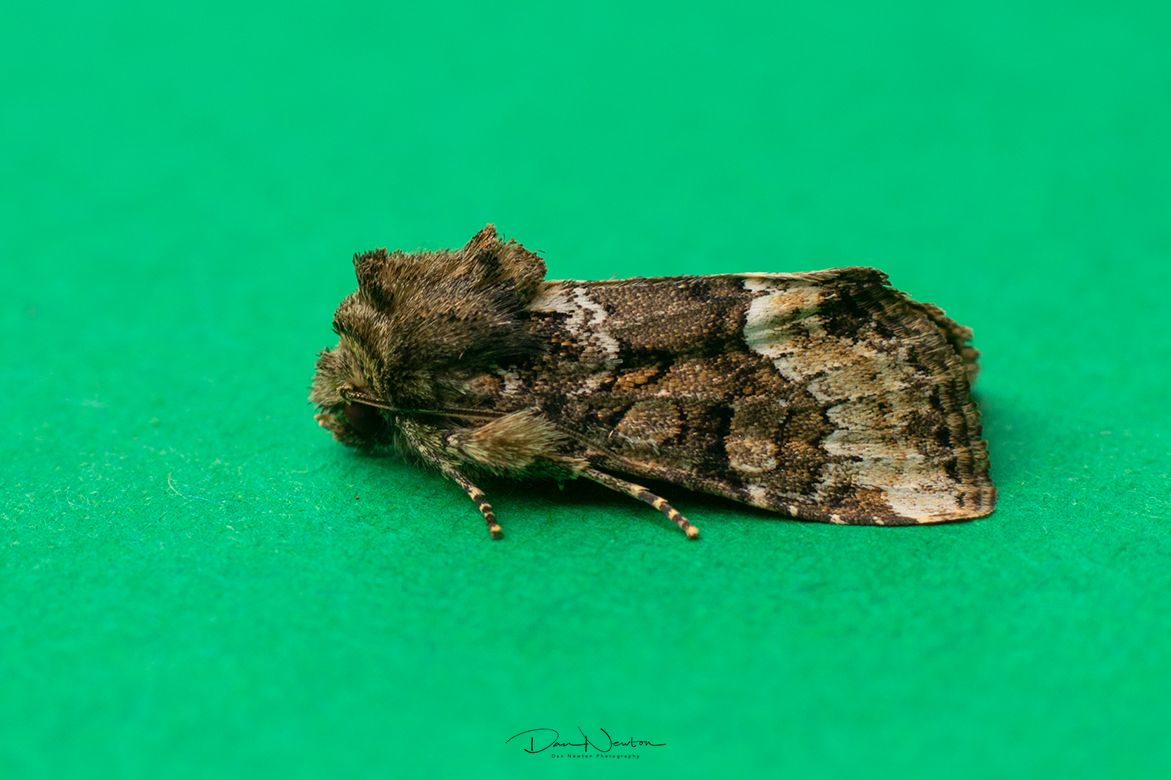 Marbled Minor agg - *Oligia strigilis agg* This species (or rather these 3 species are really awkward. The *agg* refers to the fact that 3 species of Moth (Marbled Minor, Tawny Marbled Minor and Rufous Minor) look so similar that it is impossible to reliable ID them based on their markings alone. The only way to tell is genital disection, which involves killing them and placing the under a microscope. As I'm not prepared to do that, the common practice is just to lump them all together under the *agg* term to make recording easier **Bonus pictures for this week:** Pah! None this evening! >(it was quite a boring evening to be honest). Nevermind, I at least got to see some moths to add to my records, and I'll be back next week to do this all over again... see you then!  --- <div class="text-justify"> *Notes on Pictures: Since I started moth trapping 5 years ago, I have been slowly building up collection of Library Images. The idea being that once I have taken a picture of a particular species of Moth, I don't need another picture of the same species a year later. It’s a waste of time and energy. I only take pictures of new species, or of moths that are difficult to ID, so I can get the records verified.*</div> While in my care, all individuals are looked after, and after Photographs have been taken, they are all released safely outside. All names confirmed and checked via [Wikispieces](https://species.wikimedia.org/wiki/Main_Page) Further Research from [UK Moths](https://ukmoths.org.uk/) and [NatureSpot](https://www.naturespot.org.uk/species_library) <center></center> <center>Thank you for reading, I hope you found it interesting. <br> If you have any thoughts or opinions on this article then I'd love to see your comments. And if you really like the content then maybe you would like to upvote or re-hive it.</center> <center></center> <center>All Photos taken by @dannewton unless otherwise stated. Check out my [website](https://dannewtonphotography.myportfolio.com/) for more of my work.</center> [500px](https://500px.com/p/dan_newton?view=photos) - [Redbubble](https://www.redbubble.com/people/dan-newton/shop?asc=u) <center></center>
👍 adalger, birdwatcher, chichi76, teamuksupport, cryptosneeze, gerber, ezzy, exyle, qurator, steem.leo, mice-k, dcityrewards, reazuliqbal, quochuy, teamvn, smartvote, daan, iansart, bestboom, dlike, bobby.madagascar, maxuvd, dcrops, ackhoo, eco-alex, felander, r00sj3, themightyvolcano, steem.services, steemitmamas, cakemonster, goodcontentbot, ambifokus, triplea.bot, axel-blaze, ribary, jelly-cz, discovereurovelo, valth, bloghound, scrooger, deadgrlsuppastar, pipiczech, scrodinger, shello, garudi, niallon11, shawkr13, sorin.cristescu, fatman, ecotrain, itchyfeetdonica, stevenson7, spydo, carn, laritheghost, baycan, asgharali, gribouille, cool08, steempampanga, qberry, fotogruppemunich, silwanyx, occpresents, nateaguila, sketch17, cooltivar, mariajruizb, konradxxx3, hemo, lifeskills-tv, minimining, sarkash7011, medussart, beta500, antiretroviral, bella.bear, delilhavores, rufoodingkidding, ciderjunkie, ilpaso, joseq1570, reza-shamim, anafae, tajimkhan, hrcl.art, blezyn, chubb149, hiveart, onemoretea, hivelifebg, nanggroe1, kooza, dodovietnam, jane1289, marile21, truls, eylz619, winnietran, dystopia2030, ehizgabriel, maca1803, dr-animation, dyptre, killerwot, sokoloffa, akipponn, shady, oleg326756, yadamaniart, dbzfan4awhile, rt395, pearica, jayna, zacherybinx, onethousandwords, che-shyr, zoltarian, chekohler, suzn.poudel, rooo, soufiani, leoumesh, a0i, greddyforce, coloneljethro, hatoto, punkblogs, manuelgil64, blewitt, ezunjoshy, courtneyjensen, athunderstruck, faeryboots, cwow2, bambuka, deeanndmathews, huntforsteem, cezary-io, tinyhousecryptos, meppij, noelyss, oks2crypto, trangbaby, altrightwing, repayme4568, rebeysa85, mairimgo23, laviesm, yukikowinn, crimsonowl-art, cherute, alexmag1988, dominicano, chachababe, elamental, successforall, jerrybanfield, bubke, kimzwarch, cjsean, sagescrub, metzli, khimgoh, allyson19, crowbarmama, khiabels, frejafri, quatro, london65, voter001, itsfall173, cabalen, rappler, theithei, newton666, steelborne, fenngen, tommys.shop, vokus, neshk, rencongland, coincentrado, adriuff, babeltrips, thu172, kimloan, dora381, whynotcamp, crazy-bee, sunnyvo, ivypham, danghao, tuyenmei95, pavelmundo, privex, binkyprod, gaottantacinque, cribbio, sharpshot, marekwojciakcom, gasaeightyfive, alexis555, ambyr00, yogacoach, majes.tytyty, jlsplatts, skycae, shebe, ultratrain, saboin, kiemis, aulia1993, pichat, dizzyjay, sidjay, wisewoof, nikema, dappstats, cryptogambit, neilamarcano, ninnu, melria06, runningproject, plantstoplanks, run.vince.run, amico.sports, omonomo, blacklux, getron, goblinknackers, edian, meanbees, theleapingkoala, godlovermel25, ntowl, rachelleignacio, ykroys, mrhoofman, giulius, angdavid21, shadowalker21, mumma-monza, johannpiber, atheistrepublic, pladozero, sevenoh-fiveoh, slobberchops, mahuampionlinemg, agro-dron, shadowspub, dandays, longer, robmojo, happycrazycon, dinglehopper, soluce07, kph, melooo182, coquiunlimited, foxyspirit, smf37, thequizshow, bia.birch, vegan.niinja, realblockchain, guchtere, marcoriccardi, lud, nikv, nolasco, nwjordan, marygourmet, puregrace, aware007, senorcoconut, jlinaresp, mrhill, cyprianj, pauliinasoilu, preparedwombat, todayslight, notannov, curangel, roelandp, justinw, pharesim, gikitiki, sunshine, bryan-imhoff, abh12345, dandesign86, diabolika, diegoameerali, lenasveganliving, felt.buzz, markjason, kedi, auleo, gentleshaid, sco, ronpurteetv, edprivat, lemony-cricket, bertrayo, azircon, outlinez, louis88, tijntje, elmundodexao, remotehorst23, cmplxty, nsfw-power, thevil, epicdice, myfreshes, babytarazkp, altleft, meritocracy, robvector, janettbrito76, yaziris, stemng, doctor-cog-diss, milky-concrete, ssiena, samest, kingabesh, the.chiomz, djoi, temitayo-pelumi, filler, xcurangel, voxmortis, obsesija, tomiscurious, disconnect, mister.reatard, buffalobison, macoolette, yiobri, photographercr, hive-166168, leighscotford, martthesquire, jlphotographyart, hive-127788, hive-113748, dna.org, oscurity, juanbg, nockzonk, hive-154473, goldenoakfarm, borjan,